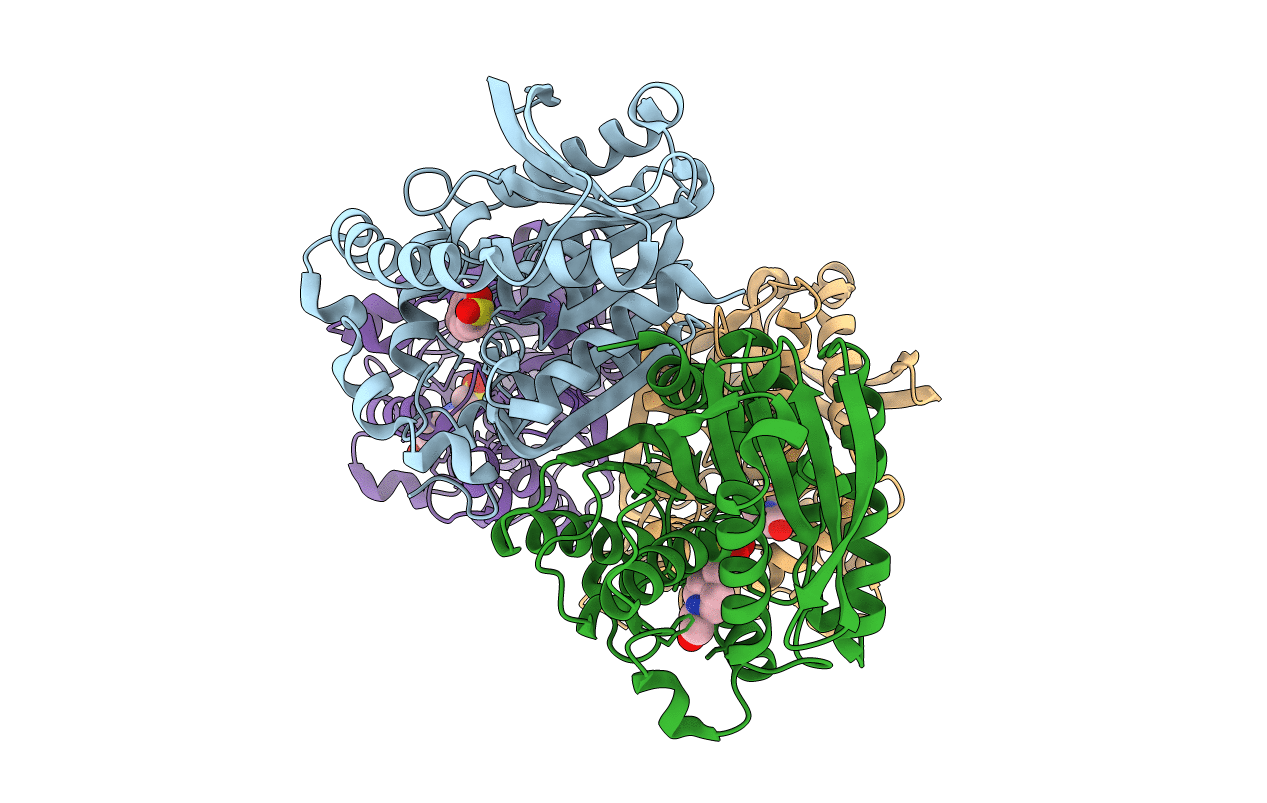
Deposition Date
2001-07-06
Release Date
2001-12-05
Last Version Date
2024-10-30
Entry Detail
PDB ID:
1JJI
Keywords:
Title:
The Crystal Structure of a Hyper-thermophilic Carboxylesterase from the Archaeon Archaeoglobus fulgidus
Biological Source:
Source Organism:
Archaeoglobus fulgidus (Taxon ID: 2234)
Host Organism:
Method Details:
Experimental Method:
Resolution:
2.20 Å
R-Value Free:
0.23
R-Value Work:
0.20
Space Group:
P 62


